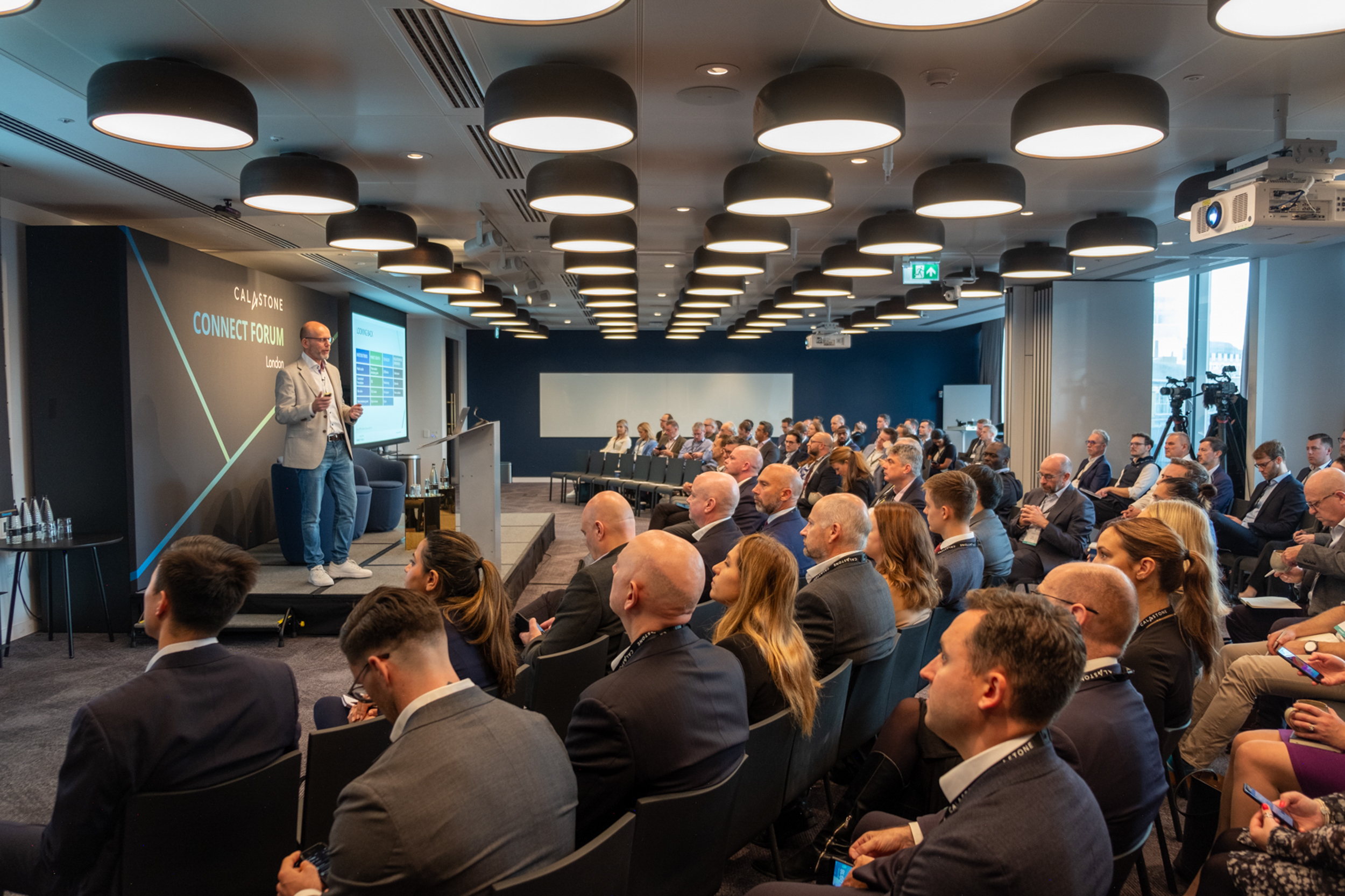Australia’s managed funds market stands out – both for its size and its unique qualities. Against the backdrop of a A$3.4 trillion superannuation funds industry, Australia’s asset managers run over A$4.5 trillion of assets. Australia also has a rich diversity of assets to invest in, with a strong domestic bias to Australia-focused funds in most investors’ portfolios.
Less remarked upon is the scale of the transformation undertaken by the industry in the past decade.
Historically, the managed funds sector was held back by manual processes in both trading and operations. This caused friction, added cost and risk, made scalability more difficult and impacted the client experience.
Before Calastone entered the market 10 years ago, automation of trading – fund applications and redemptions – was negligible. A few large players communicated with one another via SWIFT, but most firms relied solely on faxes (not uncommon in other markets, it has to be said).
This posed problems. Nobody could be sure whether a fax had been received as there was no confirmation process. Investors were left in the dark over whether they had got the day’s price or not. When faxes got lost, or an error occurred, there was no audit trail to determine what had happened.
And faxes did get lost. I recall a famous story involving a fund manager that moved office. When they removed the filing cabinet on which the fax machine had sat for many years they found a pile of yellowing faxes stuck behind it.
Even when everything went right, a lot of rekeying and other manual intervention was required. The whole process was people-intensive, error-prone and costly.
Industry keen to embrace change
Today, the story could not be more different. In a survey we published last December which benchmarked levels of automation in the funds industry across the world – Australia came top.
Now, differences in distribution models can muddy comparisons, but the broad picture does not lie. Not only has Australia’s managed funds sector been quick to embrace automation, it has collaborated actively in the development of automated services.
Client demand prompted us to enter the market
Our Australian market entry a decade ago was at the behest of clients using our order-routing services in other markets. They suggested our success in connectivity and automation had a lot to offer in streamlining the managed funds market in Australia.
Our initial offering was a simple one: through one connection to Calastone you will immediately be connected to and interoperable with all counterparties on the network. This meant that, for the first time, order flow could be automated.
We started with just six clients – who at the time of course could only use our automated order routing when dealing with each other. They had 27 funds being traded. Monthly transactions averaged A$11 million in the first year.
That rapidly changed as more funds joined the network. We hit critical mass within two or three years and by 2017 were handling monthly transaction values of A$5 billion.
Today, we act for more than 600 players in the managed funds market, handling more than A$23 billion of transactions each month, with around 95% of Australia’s wholesale fund trades carried across the network.
A collaborative process
That growth, however, says as much about the industry’s readiness to automate and move forward as it does about us. From the start, collaboration has been the order of the day. The design of many of the new products we have launched over the last 10 years – to extend the set of services around the transaction lifecycle and improve data flow – has drawn heavily on client input.
This is especially so with our Transfers service – involving nominee in specie transfers – and with our Wrap Reporting service automating the adviser reports platforms send to fund managers. We have similarly engaged with the industry on the Settlements service we are launching shortly.
The progressive automation achieved over the last decade has clearly benefited the industry – by driving out the costs associated with human intervention. It has also improved the end-investor experience by reducing errors, reinforcing trade certainty and increasing timeliness, and it has allowed platforms to do more for their clients.
Importantly, it has also helped keep a lid on costs at a time of fee compression. A recent report by the Australian Securities and Investments Commission, compiled by Deloitte, found that Australia’s managed funds market was ‘good value’ with costs low by global standards.
So, where do we go next?
Change is permeating through the funds market as never before. Following the Royal Commission report, big banks have been withdrawing from the wealth management business and the number of advisers, the backbone of our highly intermediated market, has shrunk dramatically and continues to reduce. I have real concern about investor access if these trends continue.
But that is only part of the story. Distribution is seeing greater focus and asset managers are looking to leverage new methodologies and technologies to enable it. As in many of our other markets, we are also witnessing the rise of interest in direct-to-consumer retail platforms and similar efforts by fund managers to go direct.
We are engaged with clients in all these areas, looking particularly at ways of making the investing experience relevant to tomorrow’s investor.
We believe technology can spark another leap forward. We have been building a range of digital tools as part of our Distributed Market Infrastructure (DMI) and partnership with Microsoft – both to support the industry in its transformation journey and to enable new options.
Through our DMI Fund Services suite of solutions we are providing a complete registry technology solution, digitalising core processing and data management activities. We’re also working with global asset managers to make tokenisation a reality.
Tokenisation has the potential to cut minimum investment sizes and broaden dramatically the range of investable assets open to retail investors. It could open the door to new investment strategies, greater personalisation and a transformation in client service.
This is all part of our work with the funds industry to create not only a fully digitalised funds processing lifecycle but to help create a digitalised environment for investors too, making access easier for all.




















